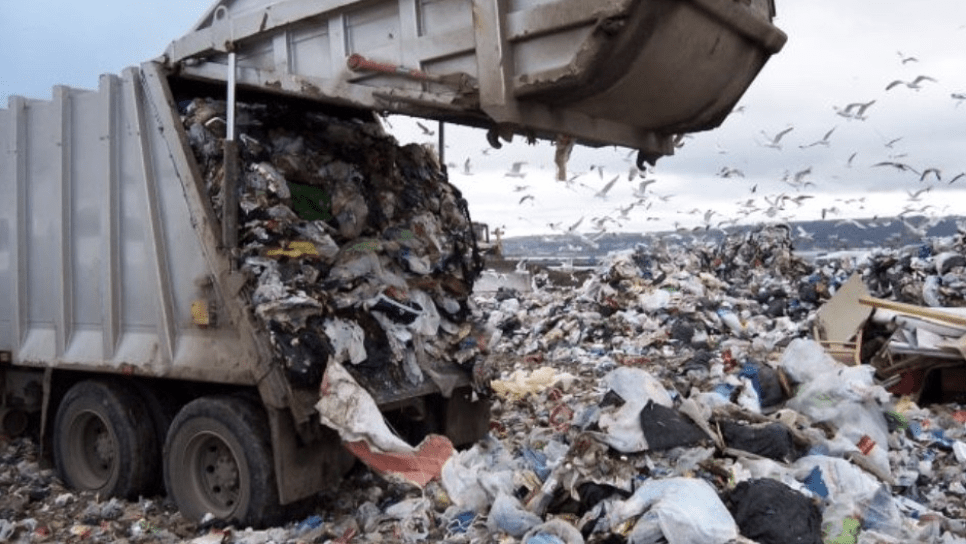Cultivating Green Consumerism
With rising sea levels, increasing temperatures, and extreme weather changes, consumers are starting to be more mindful about their choices, particularly their lifestyle. The pandemic forced people to be locked in their houses and businesses to work remotely, which meant fewer cars on the highways and less greenhouse gases in our atmosphere. It almost seemed as if nature was taking a break from humanity and our damaging activities. Due to reduced human activities during the pandemic, the meme “nature is healing, we are the virus” became a movement, highlighting that our environment is better off without humans, where internet users would post funny to unusual pictures of animals taking over the streets (Felton, 2017). People started to question their lifestyles and choices regarding eco-friendly products but also environmental issues such as pollution and climate change. According to GWI blog, a data platform, since the pandemic started people seem to be more confident about the improvement of the environment (while being at home) thus fearing some might return to their old ways post-pandemic (Morris, 2021).

(Credit: GWI blog. Percentage of people believing environment improvement during the pandemic).
Even though there is no evidence proving that things will get worse or better, it should not stop us from doing something like changing our consumption. Green consumerism is when a consumer demands or chooses products that are less harmful to the environment. It is a social behavior that promotes the use of eco-friendly (or green) products. Green consumerism is not just about buying eco-friendly products; it can be practicing recycling, conserving, or using public transportation instead of driving. (Ichsan et al. 2020) Students can also practice green consumerism once they understand the impact of their actions. It is often hard for students to purchase eco-friendly products due to their high price compared to other affordable options, but also because their priorities are in their studies. However, the price shouldn’t be a challenge but an opportunity to push companies to make possible changes to their products and services, a reason why green consumerism is necessary to promote sustainability.
As someone who is passionate about sustainability, buying eco-friendly products makes me feel good about myself because not only am I reducing my carbon footprint, it also feels healthy and rewarding. I know with the little choices I make, whether it is buying from eco-friendly brands or composting, I am serving a purpose, which is consuming consciously. There are different ways students can practice green consumerism, whether on campus or in their daily lives.
Changing your mindset: We can see all over the news and social media feeds topics about climate change, but we do not quite understand how to act on it or where to even begin this journey. Changing your mindset about sustainability or green products will help you learn more about it, change the way you think about green consumption, and become a green consumer. I know it is hard to change mindset; it takes a lot of work. But it is all worth it when you realize the impact you have on your community.
Buy local food products (or organic): I know from experience most organic products are not the most affordable, but students can attend their local farmers markets or stores like Trader Joes where organic options are available. Local food products help green consumerism by decreasing pollution and waste (during transport and packaging) thus lowering carbon emissions. It also helps promote sustainable practices such as food security.
Recycling: As we all know, materials and natural resources cannot be wasted when you transform them into something new. Students can recycle by learning how and where to recycle items. You will help create more jobs in the recycling industry and reduce toxic landfill spaces. Manufacturing products with recycled materials also often uses less energy.
Reducing energy consumption: Sometimes we do not think about the lamp or television we forget to turn off, but doing so saves energy. If you are renting an apartment, reducing your energy consumption will save you money and reduce the use of nonrenewable energy sources. Choosing energy efficient products is also a good way to protect the environment.
Taking public transportation: Public transportation helps to reduce congestion and carbon emissions, and gives an opportunity to meet people. By using public transportation, more fossil fuels are conserved, and it could have an important impact on air quality. Transportation is one of the main causes of air pollution; fewer cars would help reduce air pollutants.
Getting involved with your green campus: There are a ton of ways to get involved in sustainability while going to college. For example, join an environmental club or be aware of activities on campus involving a green lifestyle. There are also environmental majors/minors you can register for to boost your knowledge. Another way is to advocate for sustainability issues on campus or create a position related to those issues within the student government. By implementing those changes on your campus, the world can be a better place, and it will set an example for other schools.
Green consumerism is an act of belief; it starts with what you put your mind into. Green consumerism is often seen as a driver for big corporations to change the way they create their products and to address important issues like sustainability (Smith, 2010). With a positive mindset about green consumerism, students can play a key role in protecting the environment around campus and the community.
References
Ichsan, I. Z, Sigit, D. V., Miarsyah, M., Ali, A., Suwandi, T., & Titin, T. (2020). Implementation Supplementary Book of Green Consumerism: Improving Students HOTS in Environmental Learning. European Journal of Educational Research, 9(1), 227- 237. http://doi.org/10.12973/eu-jer.9.1.227.
Morris, Tom. (2021). Green consumerism: what you need to know. GWI Blog. https://blog.gwi.com/trends/green-consumerism/.
Smith, A. N. (2010). The Ecofetish: Green Consumerism in Women’s Magazines. Women’s Studies Quarterly, 38(3/4), 66–83. http://www.jstor.org/stable/20799365.


